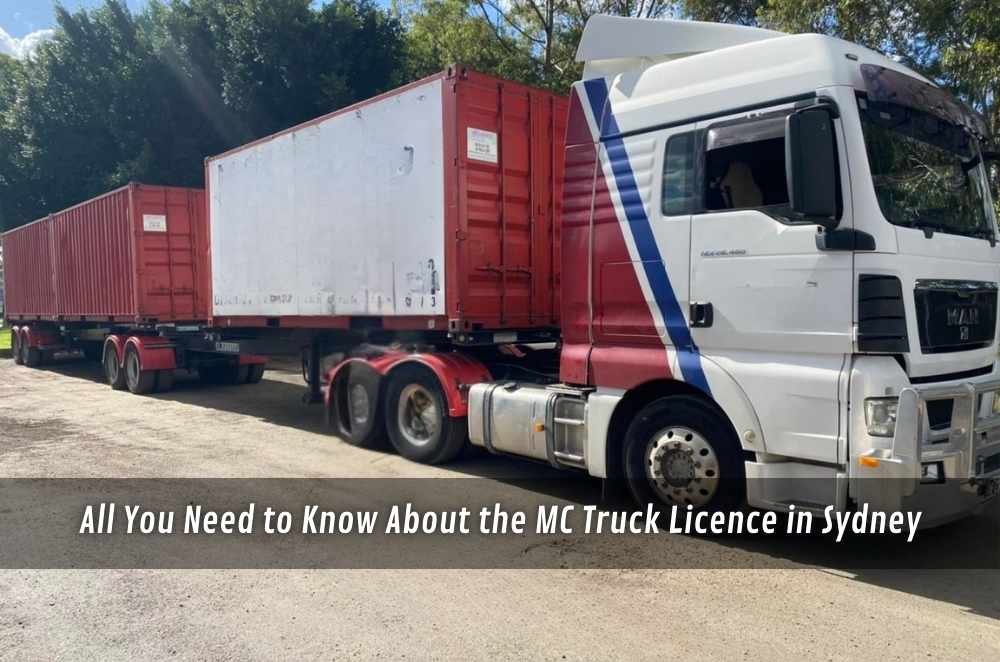
Sydney’s road network depends on skilled operators who can manage the heaviest vehicles safely. For drivers looking to progress their careers, stepping into multi-trailer work is the natural next move. Earning an MC licence is a sign that you can manage the complexity of longer combinations, navigate busy freight corridors, and maintain safety under pressure. The training is structured to give drivers confidence not just in passing an assessment but in handling real-world challenges on the road. If you’re considering this step, finding the right multi combination licence Sydney program is where most people begin. It’s the point where practice, theory, and responsibility come together — from mastering trailer dynamics to understanding how weather or traffic flow can affect decision-making. With the right preparation, the licence becomes more than a qualification; it’s a foundation for a long-term role in transport and logistics.
What the MC licence covers and how it fits your plans
Understanding what the MC class authorises helps you plan training with purpose. The MC licence allows you to drive road trains and B-doubles — combinations that demand smooth inputs and anticipation. Think about where you’ll be operating: industrial zones, ports, and regional stretches. That context should shape what you practise most (e.g., coupling/uncoupling in tight depots versus highway lane discipline with long trailers).
Trailer dynamics matter: small steering inputs ripple down a set of trailers.
Space is strategy: set up wider, slower, and earlier than you think you need.
Observation beats guesswork: mirrors, camera checks, and shoulder checks work together.
Documentation underpins safety: defect reporting and pre-start routines make the day predictable.
In my own assessment week, I kept a scratch pad in the cab and jotted quick notes after each run — tiny reminders like “longer setup before docking” or “mirror scan cadence.” Those notes turned into muscle memory by the final day, and the drive felt calmer as a result.
Eligibility, testing, and the pathway in NSW
Before you book practical sessions, confirm you’re on the right pathway. NSW requires you to hold the appropriate precursor licence and demonstrate the competencies for safe multi-trailer operation. That framework keeps the focus on readiness rather than rushing. When you map your timetable, build in time for eyesight checks, theory preparation, and familiarisation drives in an MC-configured vehicle. It’s a smoother journey when your admin, study, and practice loops reinforce one another.
Sydney’s traffic patterns add a layer of realism. Peak periods test your gap selection and patience; off-peak windows help you settle techniques without pressure. Use both. Many candidates rotate practice between industrial precincts, port approaches, and open arterials to experience different cues and speeds. If you’re unsure about a detail in the state framework, the NSW heavy vehicle licence guide is a reliable reference that lays out the pathway and keeps expectations aligned.
Confirm your current licence class and minimum holding period.
Book knowledge testing with enough lead time for revision.
Choose an RTO with MC-specific vehicles and practice space.
Align practice routes with where you expect to work.
Skills that make the difference on assessment day
Assessors look for consistency more than flair. Smooth control is visible from the passenger seat, and it’s built from simple habits done the same way every time. Start with coupling routines, brake tests, and communication signals around the vehicle. Then move into low-speed precision: straight-line reversing, sight-side docking, and controlled corrections when the angle creeps away from you.
Build a mirror scan rhythm that covers near, mid, and far fields.
Pick reference points on the trailer to judge swing and track.
Use pause points: stop, breathe, reset steering, then continue.
Narrate hazards under your breath to slow your decisions.
I learned a lot the first time I tried a blind-side reverse between marked cones in a narrow bay. I paused too late, and the angle exaggerated. On the reset, I used smaller inputs, watched my trailer wheels rather than the dock face, and the line tightened up neatly. That quiet, incremental approach translated straight into the assessment.
If you find you’re overcorrecting, shorten your steering inputs and add a micro-pause between each. The combination will tell you what it needs if you give it half a second to respond.
Preparation you can do off the road (and why it helps)
Not all preparation requires seat time. There’s plenty you can achieve off the road that pays off once you’re in the cab. Map a pre-start sequence on paper and rehearse it until you can run it without prompts. Visualise trailer paths when turning left through narrow intersections. Practise communication phrases you’ll use in depots or at loading points. These small routines reduce cognitive load when the truck is moving.
When you want a structured run-up to practical sessions, heavy combination licence preparation helps frame the skills you’ll refine as you move toward multi-trailer work. Treat it like a checklist you adapt to your context rather than a script. Combine that with short mental rehearsals before each drive: “Where’s my escape route? What’s my minimum turning space? What would make me pause here?”
Rehearse coupling/uncoupling sequences out loud.
Sketch turning paths to see how trailer wheels track.
Create a “first five minutes” routine for every departure.
Debrief yourself after each practice run with one improvement.
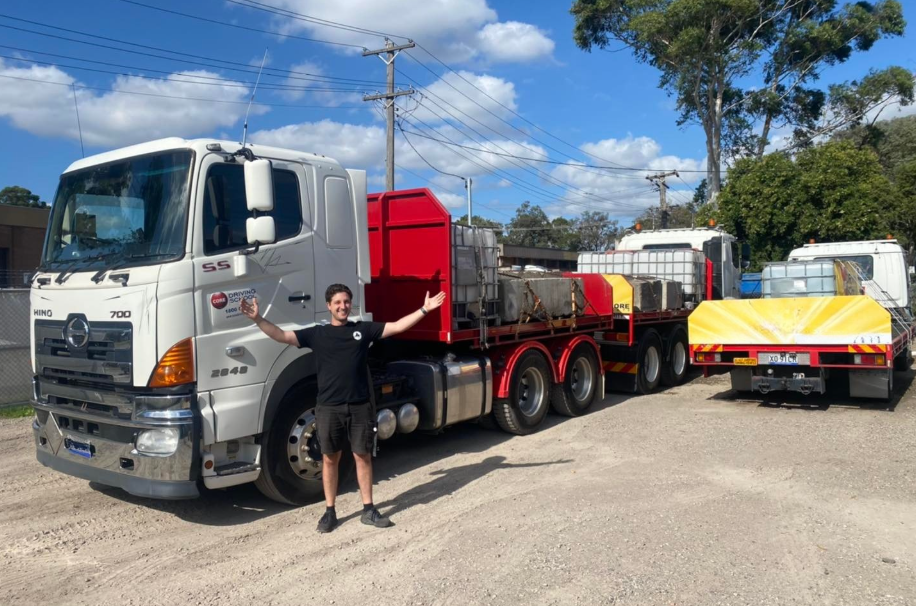
Final thoughts
Stepping up to MC is about stacking small, consistent decisions until the drive feels predictable. Sydney brings unique layouts and rhythms, which is useful — if you can stay composed here, other routes feel manageable. Put time into low-speed control, refine your observation cadence, and let your routines do the heavy lifting when pressure rises. If you want a broader view of how people frame the credential and what it unlocks professionally, understanding MC licence requirements offers context you can compare with your own aims. Set your plan, keep your notes short and practical, and build momentum one clean manoeuvre at a time.

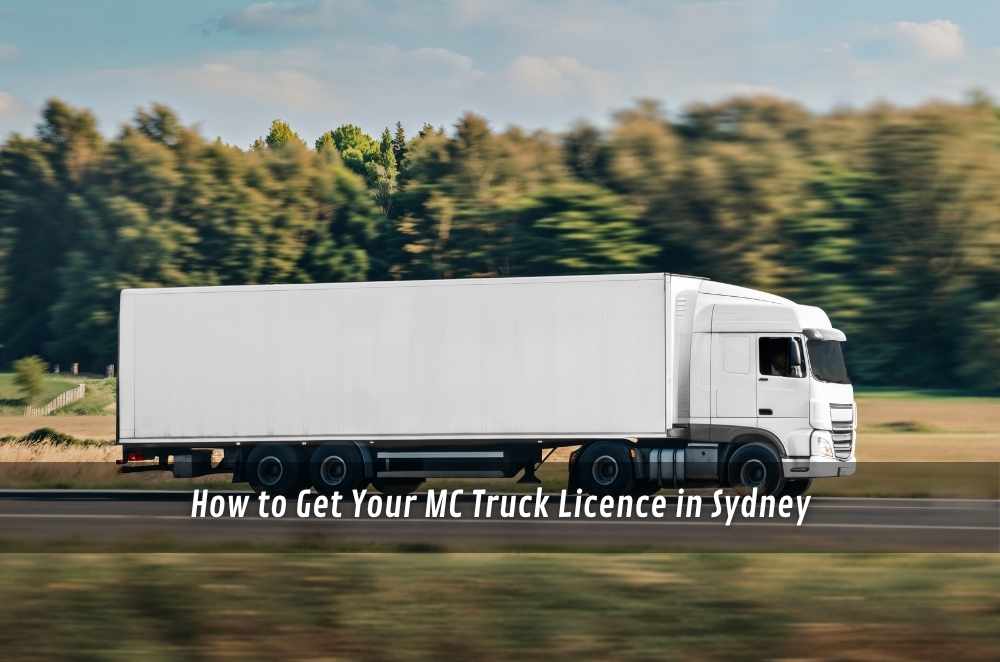
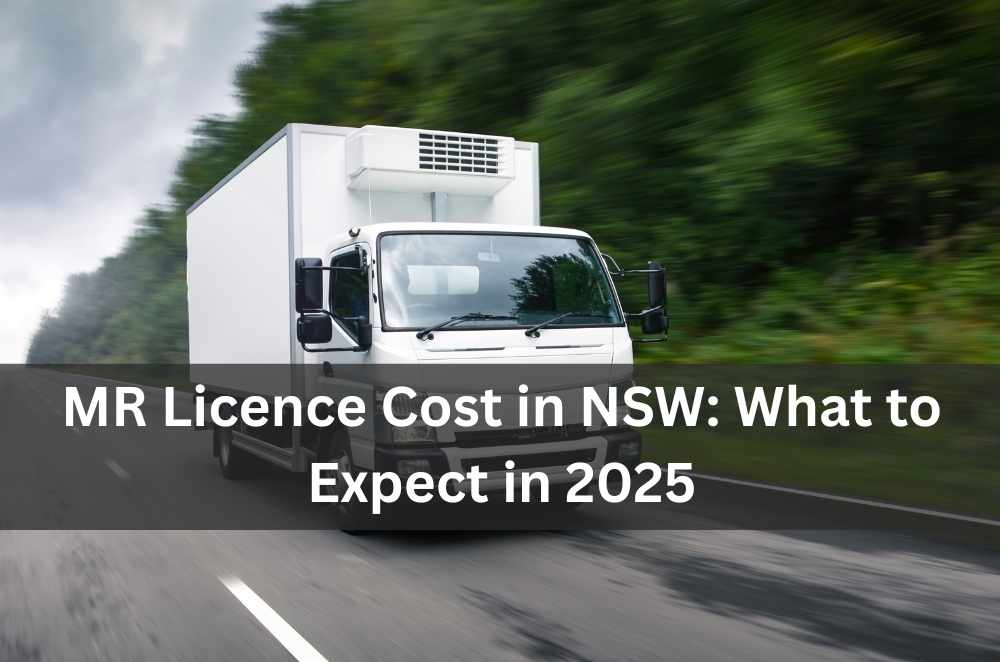
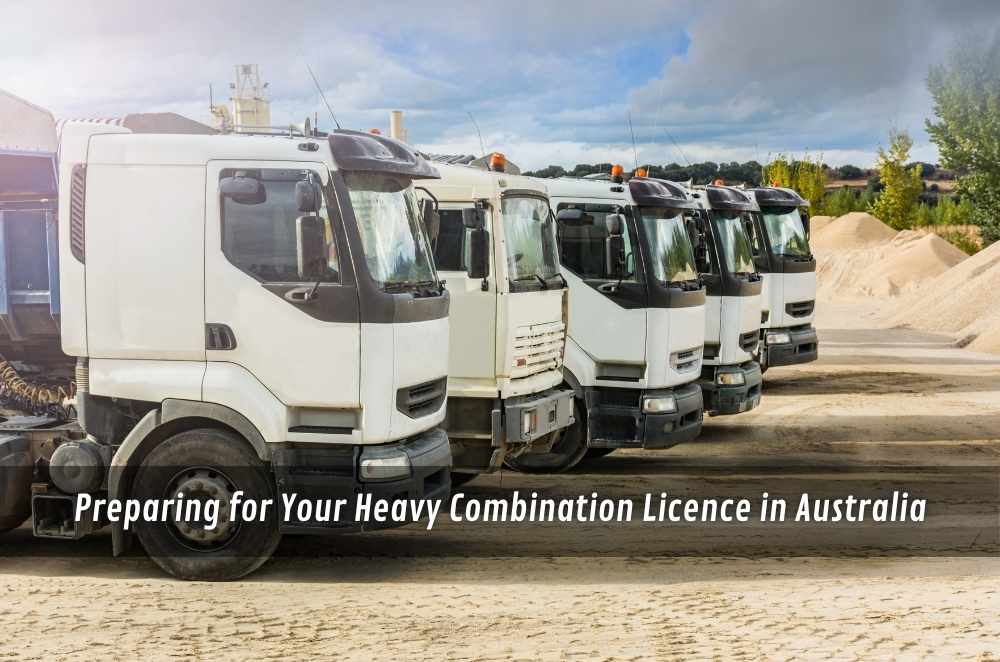


Write a comment ...